"with Blue" -Interviews with companies addressing the SDGs Vol. 2
"Encrusting Machine" Designed to Support Food Cultures
-Aiming to Develop Smarter Machines-
March.2025
Aozora’s feature story “with Blue” carries articles highlighting companies that contribute to the sustainable development of society.
Through each article, we aim to spark further conversation about a sustainable society as well as to make it a daily practice to think and talk about the realization of a sustainable society.
The second edition of “with Blue” features RHEON Automatic Machinery Co., Ltd., a food processing machine manufacturer. The company leverages its core technology of “rheology” to produce machines that help preserve the taste of food, and has shipped to 129 countries and regions to support a diverse range of food cultures around the world.
In recent years, there has been increasing attention to worker shortages as a growing issue for society, amid declining birthrates and an aging population as well as the movement to reduce long work hours and ensure better efficiency through work style reforms. In this issue we showcase RHEON Automatic Machinery Co., Ltd., which contributes to addressing the worker shortages from a labor-saving perspective and has also recently launched an initiative to reduce food waste.
Time to finish reading this article: 5 minutes
Table of Contents:
Do you know what an encrusting machine does?
What do you imagine when you hear the words “an encrusting machine?”
An encrusting machine is an innovative machine in the food processing industry as it serves to wrap the filling with dough. Please imagine a machine that has automated the process of wrapping bean paste in dough, such as a Japanese bun.
RHEON Automatic Machinery Co., Ltd. (‘RHEON’) is a pioneer in food processing machines, having developed the first-ever encrusting machine in the world. A diverse range of popular everyday foods, such as Chinese steam buns, rice cake ice cream, and cheese stuffed hamburger steak, are produced using RHEON’s encrusting machines.
RHEON manufactures food processing machines in the areas closely connected to our daily lives, while having little direct contact with us. Some of you may have never heard of this company name before.
While food processing machines are still relatively unknown to the public, this article spotlights RHEON as a company that supports our food culture and is widely expected to contribute to the sustainable development of society through its initiatives, including labor savings and food waste reduction.
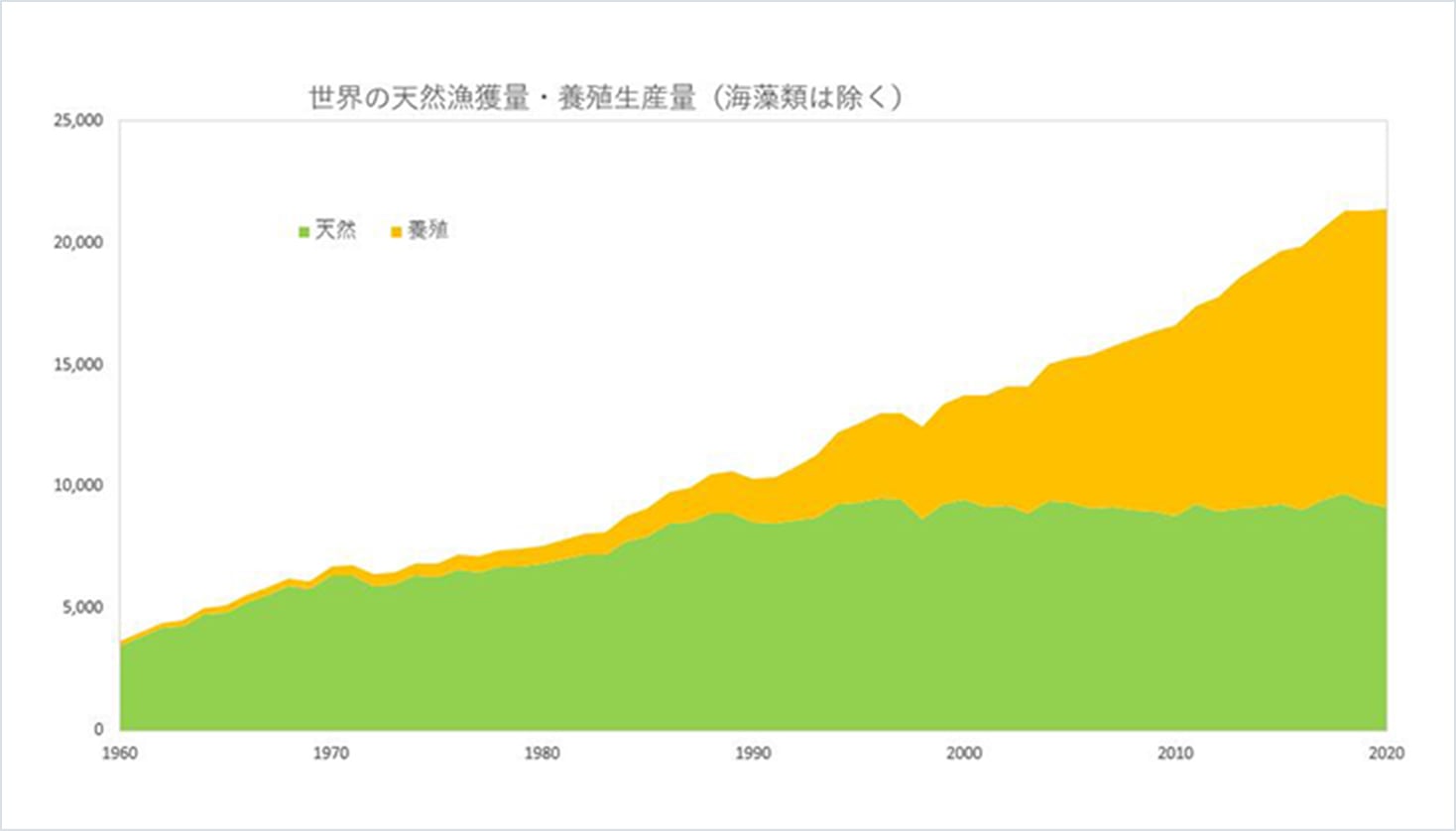

“Rheology” as core technology
- Interviewer:
- I understand that RHEON’s machines are engineered with technologies based on “rheology,” which is the origin of your company name. What is rheology?
- Mr. Fukuda, RHEON’s Managing Operating Officer:
-
Rheology is a study to understand the flow of the viscosity and elasticity of materials. Foods have the characteristics of both viscosity (stickiness) and elasticity (chewiness), in other words, viscoelasticity.
Mr. Torahiko Hayashi, the founder of our company, applied rheology to make complex methodologies, including how to fix the dough misshaped in the food forming process, and succeeded in developing an encrusting machine with the features of beautifully cutting the dough and wrapping the filling inside. - Interviewer:
- Now I understand that rheology was the key to your success in developing the encrusting machine. In what situations are rheology-based technologies being applied today?
- Mr. Iwabuchi, Manager of RHEON’s Media Production & Advertisement Section:
-
RHEON’s encrusting machines are widely used in the process of forming foods, including Japanese confectionery as well as western confectionery and savory dishes.
The outer doughs used to wrap the filling are very diverse, and it’s very difficult to beautifully shape them unless you are versed in the characteristics of the individual food products. For example, a rice cake stretches well when freshly pounded, but becomes stiff and hard to stretch once it cools. As for cookie dough, its stretchability changes depending on the amount of butter used.
We also receive a variety of requests from food manufacturers as well as by type of product. It definitely isn’t easy to properly shape a diverse range of doughs and to uniformly wrap the filling in the thickness demanded by each manufacturer. However, we’ve successfully resolved these challenges by leveraging our food forming expertise and enhanced technology as a result of understanding the features of materials through our rheological research.
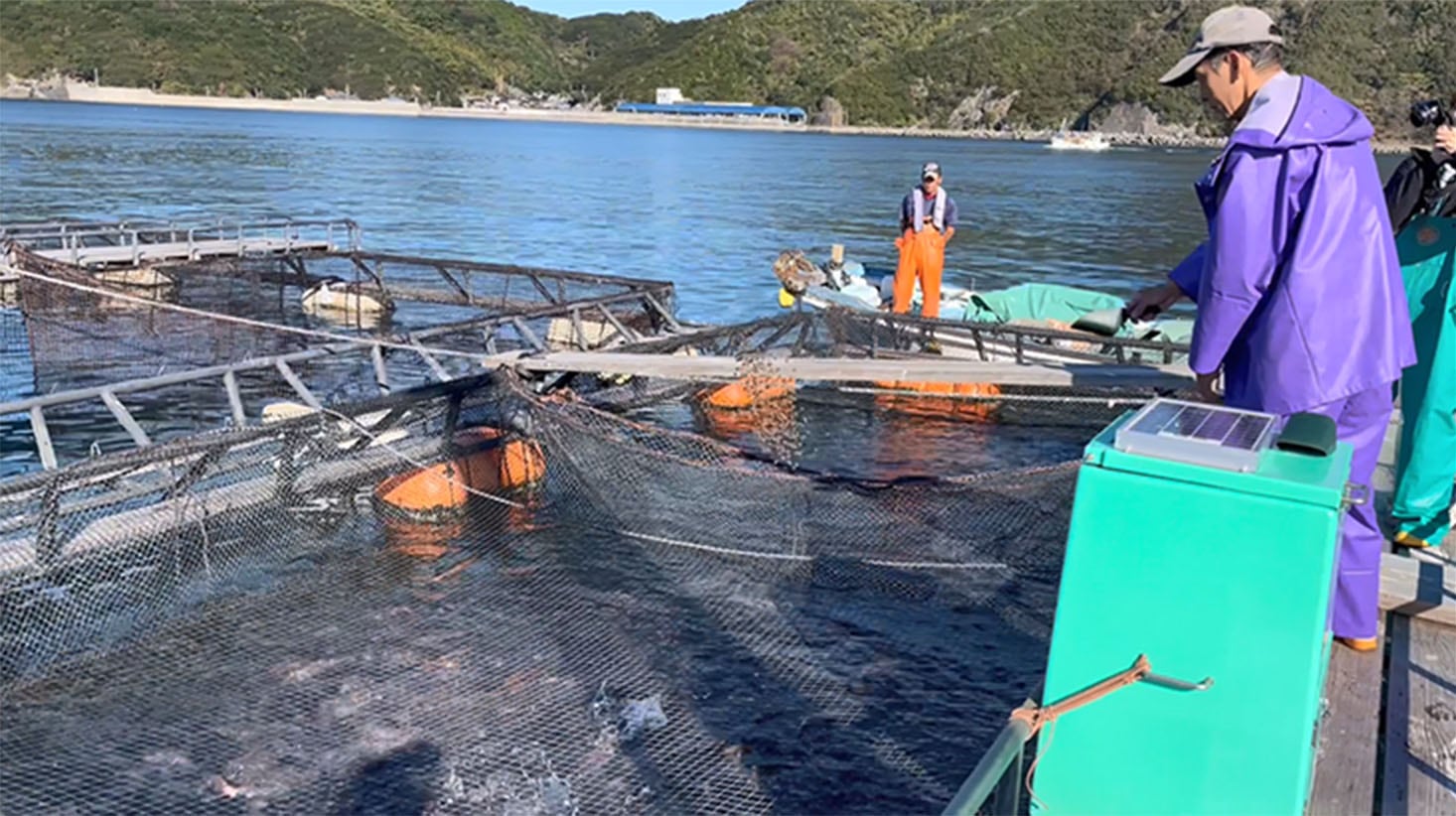

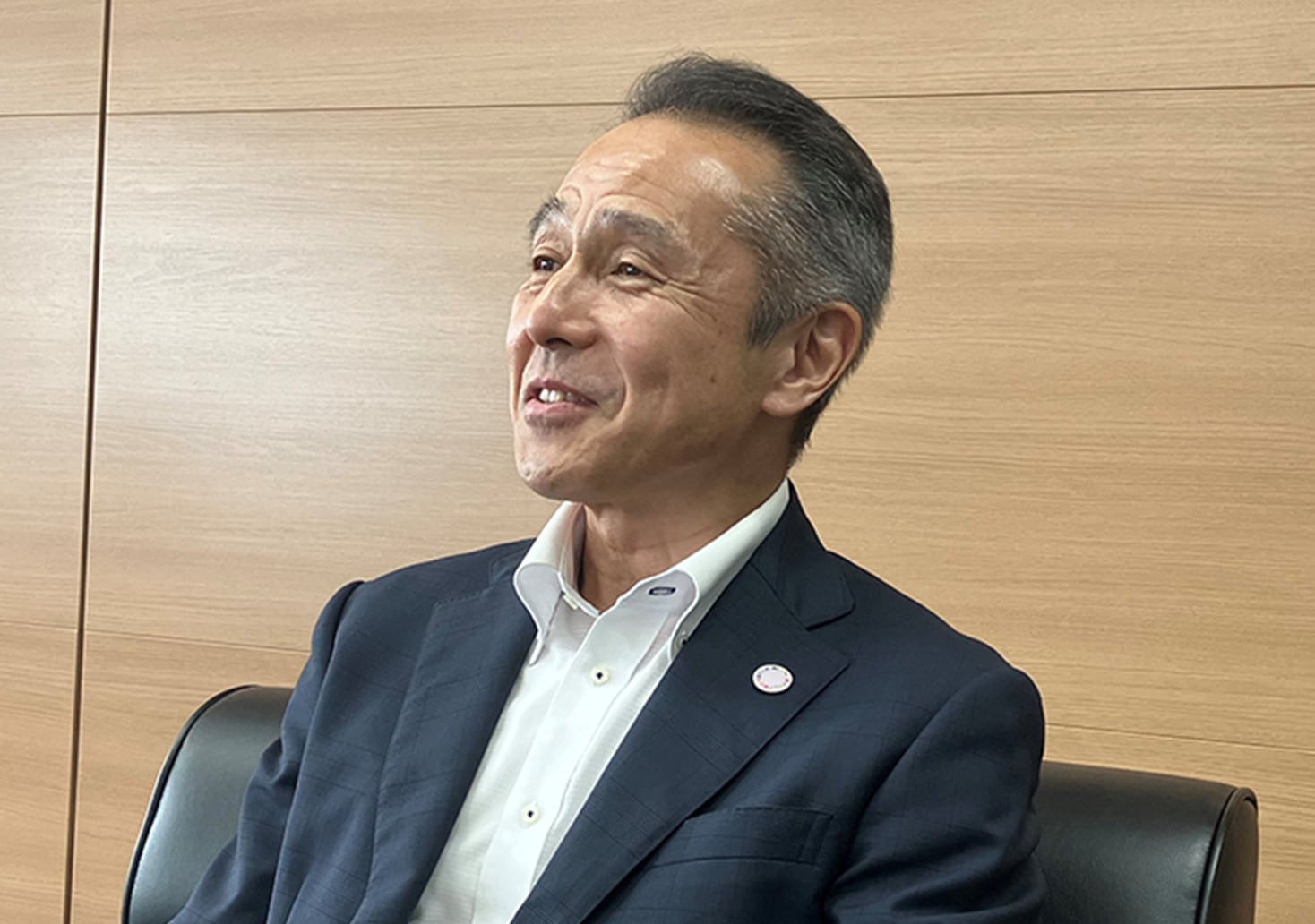

Fusion of machine technology and a food manufacturer's point of view
- Interviewer:
- I’m gradually seeing the core of your technology that responds flexibly to the individually distinctive characteristics of each type of food. RHEON’s encrusting machines have a high market share in Japan and are also well known around the world, aren’t they?
- Mr. Fukuda:
-
We have an approximately 90% market share domestically and sell to 129 countries and regions overseas. Many food manufacturers use our machines because, I believe, we are not only a machine manufacturer but also faithfully committed to preserving food taste.
Mr. Torahiko Hayashi, our founder, was originally an artisan producer of Japanese confectionery. He worked to develop automated machines while also seriously pursuing the good taste of foods. RHEON has been practicing his philosophy ever since. - Interviewer:
- Can you tell more about your commitment to preserving food taste?
- Mr. Sayama, Assistant Manager of RHEON’s Administration Department:
-
The strength of our machines lies in our technology that doesn’t damage the dough. Taking a Chinese bun as an example, it’s essential that the dough remain undamaged in order to make the bun puff up. Adding no stress to the dough also prevents any damage to the food’s palatable flavor and aroma.
We also avoid asking end-users to change their desired combination of ingredients to adapt to the machine as much as possible. This helps food manufacturers create products that fully meet their expectations. - Mr. Iwabuchi:
-
We always perform a simulation test before selling a machine. Customers are first invited to the Rheon Solution Center, where they actually load the dough into the machine. Only following their review of the finished product and overall confirmation of test results, is our machine delivered.
Selling after the demonstration is our founder’s policy, which is deeply rooted within the company. - Interviewer:
- While you are a machine manufacturer, you also have the viewpoint of food manufacturers. Coupled with this, your sincere attitude towards customers allows you to gain the trust of food manufacturers both in Japan and overseas. I think this is the reason you’ve gained a high market share.
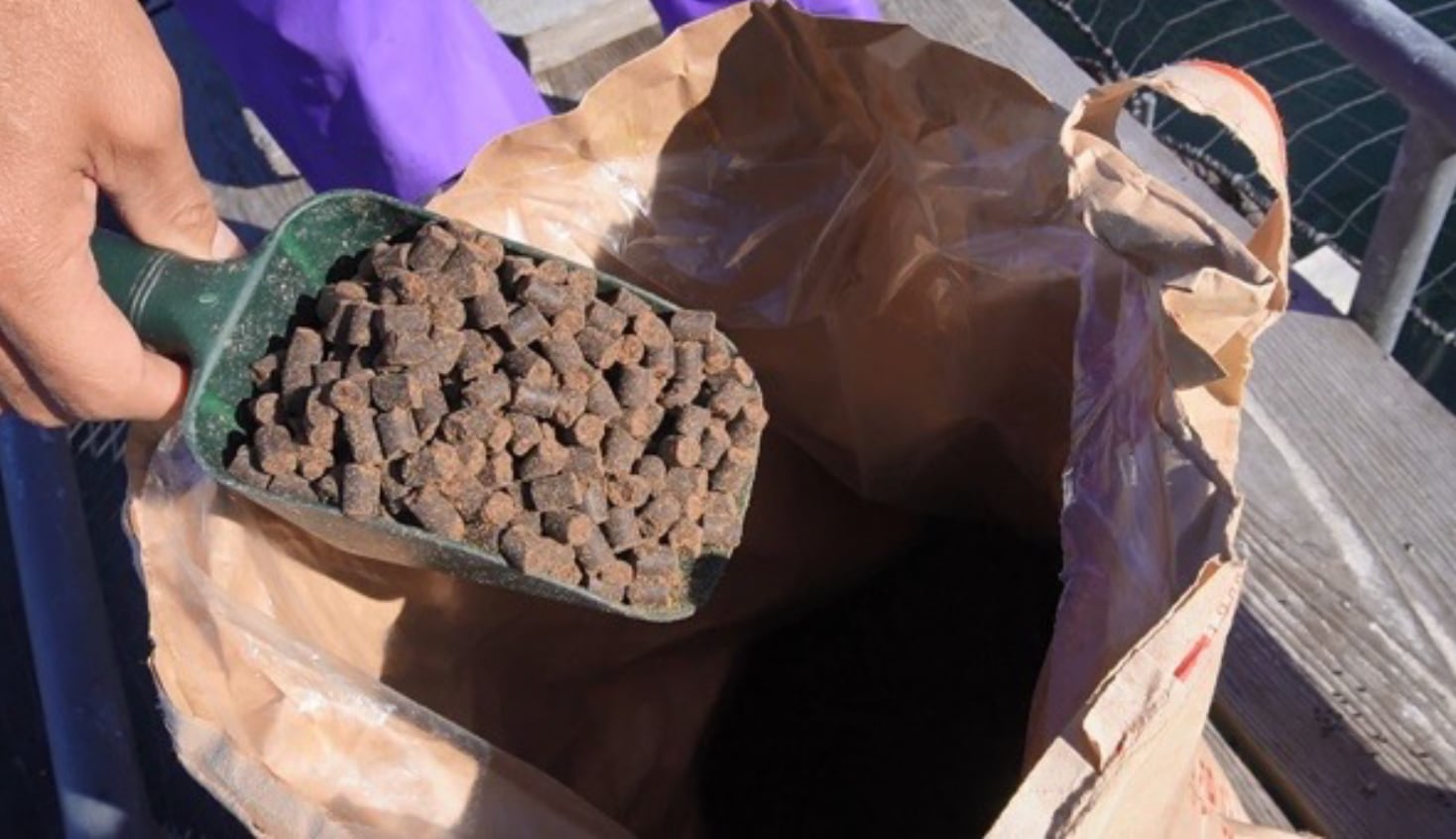

Mr. Sayama, Assistant Director, Administration Department
Mr. Iwabuchi, Manager, Media Production & Advertisement Section
Mr. Fukuda, Managing Operating Officer of Administration
Aiming to reduce food waste and develop smarter machines
- Interviewer:
- We now welcome the opportunity to hear from Mr. Hosoya, Board Member, Managing Operating Officer of the Development Department, which supports RHEON’s innovative machines.
- Mr. Hosoya:
-
Our Development Department's key commitment is to develop and bring to market machines that are attractive to customers by leveraging our unique technologies, including rheology.
We work on a wide range of development themes, such as machines designed for new regions and products, better safety and hygiene, reductions in food waste, and labor savings. - Interviewer:
- Can you tell us about a development project that particularly impressed you?
- Mr. Hosoya:
-
It was the development of our encrusting machine called “CORNUCOPIA CN700” (‘CN700’), which was brought to the market in October 2020. CN700 was equipped with a newly developed pump mechanism to feed the dough loaded into the machine. This was the most challenging project in recent years.
The accuracy with which a certain amount of the dough is discharged from the pump directly impacts the level of improvement in weighing accuracy and yield rates. While we continued working to improve the pump part in previous models, its basic structure remained unchanged over years.
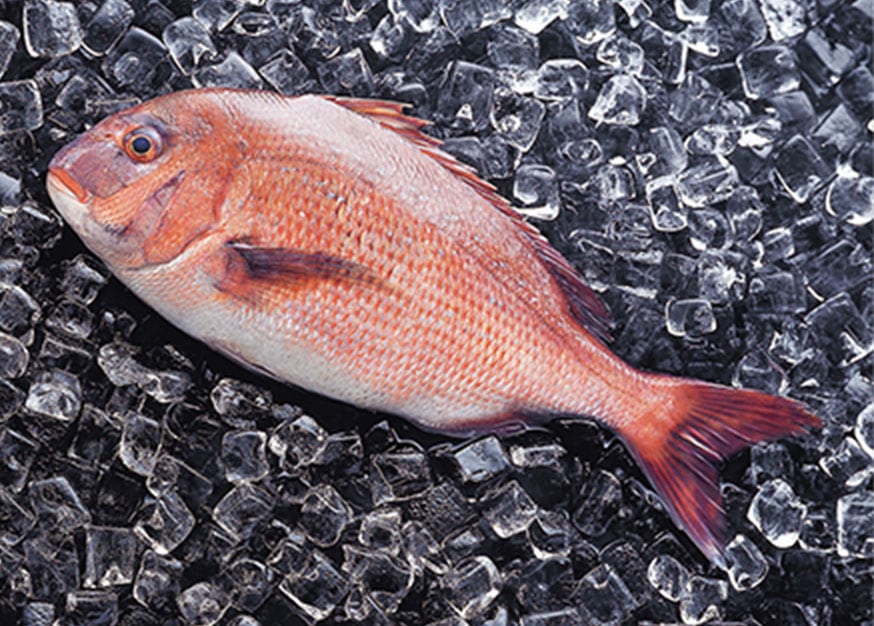

-
Following a series of studies by our research and development team to improve weighing accuracy and yield rates, we adopted a new cycloidal mechanism to CN700 and then achieved the stable feeding of a constant volume of the dough without failure. It was a very challenging task as we needed to develop a totally new form of pump with an even higher level of accuracy.
This new cycloidal pump enabled us to improve weighing accuracy by approximately 20%. The higher accuracy in meeting the specified amount of the dough also improved yield rates and eliminated the need to load extra dough depending on variations in weight, which has contributed to a reduction in food waste. Compared to its preceding models, CN700 can reduce the amount of materials by more than approximately 1 kg per hour, which is a significant benefit to food manufacturers as their machines operate for many hours on factory floors.
Another feature of CN700 was the lesser number of parts and weight saving. Operators working in food factories are becoming more diverse, including small people, women, and people from overseas. In light of this, we worked on these improvements to relieve the burden on operators as much as possible.


- Interviewer:
- What kind of machines are you planning to develop in the future?
- Mr. Hosoya:
-
We’re currently working to make machine line operations smarter.
The ingredients and dough loaded into the machine change over time due to fermentation and other factors. At present, food factory operators fine-tune the machine depending on changes in physical properties. However, in the future, we aim to introduce smarter machine functions that automatically select optimal settings by detecting the state of the dough using sensors. The optimal setting feature that responds to changes in dough conditions will lead to a reduction in food waste. Further labor savings are also expected through automatic fine-tuning.
These are some of the themes currently under research and development. We continue to work on improvements each day with the aim of commercialization.






Cycloidal pump
- Figure 1 shows the structure of a conventional pump, and Figures 2 and 3 show a newly developed structure with a cycloidal dough feeding mechanism.
- A cycloid pump consists of a pair of rotors and their profile (leaf) shape uses a cycloid curve, which is a curve traced by any point on the circumference of a circle that rolls along a straight line.
- The cycloidal rotors mesh with each other with constant velocity and the meshing profiles (leaves) do not interfere mutually, creating dough measuring spaces with the same capacity in any phase.
Postscript
This edition of “with Blue” has introduced RHEON’s attractiveness.
RHEON's encrusting machines, which apply its core technology of rheology, are used in the production of confectionery and breads as well as a wide variety of savory dishes. I felt that RHEON’s high market share is mainly the result of its efforts for not only developing automated machines but also offering machines that prioritize preserving food taste to meet food manufacturers’ expectations.
I was also very impressed by RHEON's sustainability initiatives, including the development of machines that contribute to food waste reductions and labor savings. RHEON’s machines play a role in improving food productivity in 129 countries and regions. Expectations for the “smart factory” project are also growing as a means to further evolve food processing machines.
We hope you will feel more familiar with RHEON, which supports our food culture from behind the scenes.
- Photo credit: RHEON Automatic Machinery
